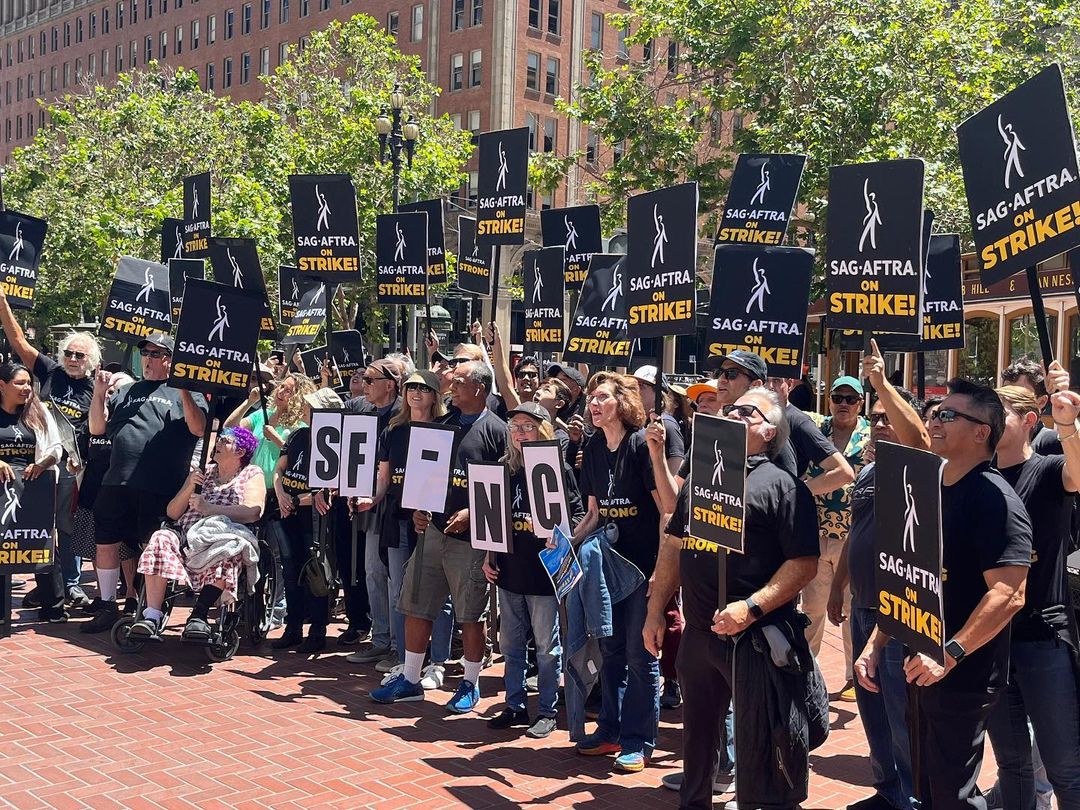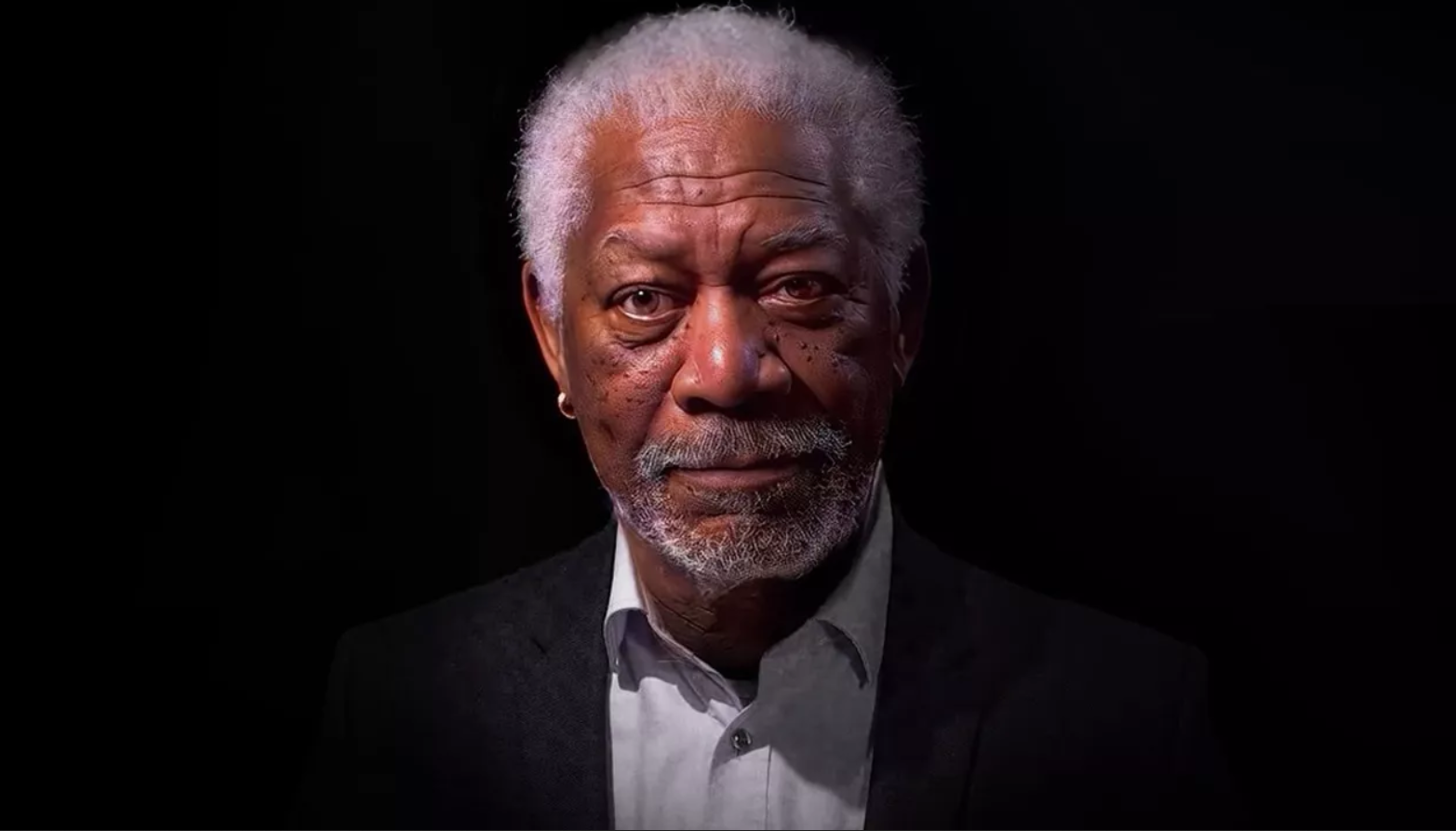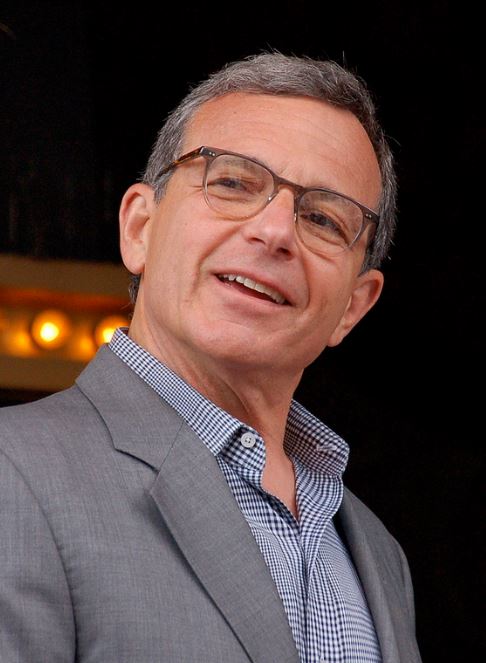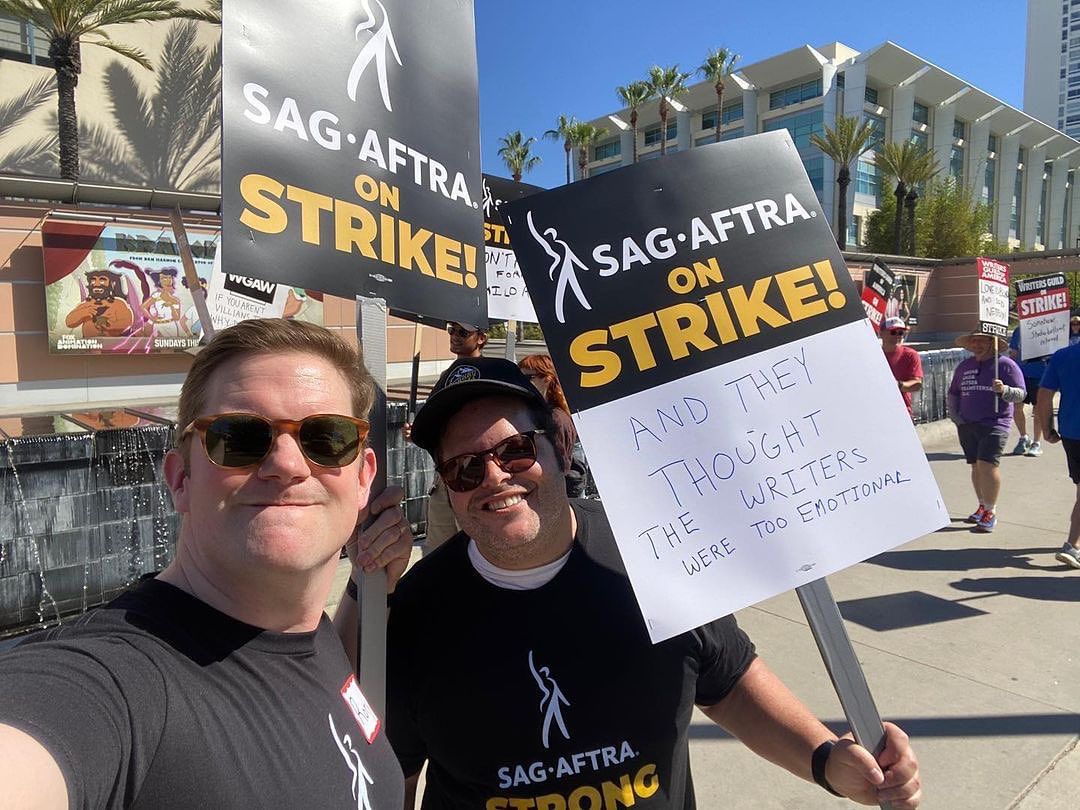Both actors and writers are participating in the fight for better pay and working conditions in Hollywood’s first joint strike since the 1960s, effectively putting the television and film industry on hold.
Hollywood actors are now joining the picket lines alongside writers of America’s film and television industry. The Alliance of Motion Picture and Television Producers (AMPTP) recently failed to reach a deal in contract negotiations with the Screen Actors Guild – American Federation of Television and Radio Artists (SAG-AFTRA). As such, members of the latter’s national board unanimously agreed to go on strike at 12:01 am Pacific Time on July 14.
READ ALSO: Fierce And Bold: What The Oppenheimer Cast Wore And The Reason Behind Their Premiere Walkout

SAG-AFTRA is the largest labor union in the United States that represents performers and broadcasters, with a membership count of 160,000 professionals. Conditions of the strike include the members’ refusal to perform on or off-camera and promote a studio’s work in any way, such as through film festivals, public appearances, interviews, and social media, as per an article by Barron’s.
What Are These Strikes About?
Strikes are forms of protest that demand change within a current system. The SAG-AFTRA strike is the newest development in Hollywood’s already precarious year. Earlier in May, the Writer’s Guild of America (WGA)—which represents 11,500 screenwriters across television programming—went on strike as well for similar reasons.
The AMPTP failed to offer a fair deal to both unions, mainly in regard to two concerns: unjust compensation and a lack of protection against the misuse of AI.
A Lack of Fair Pay
The first contention has been a longstanding one within many creative industries. Professionals who serve as the backbone of beloved shows and movies receive a disproportionate amount of money compared to those in the higher echelons of the industry.
“They [AMPTP] plead poverty, that they’re losing money left and right, when giving hundreds of millions of dollars to their CEOs. It is disgusting. Shame on them. They stand on the wrong side of history,” stated Fran Drescher, actress and national president of SAG-AFTRA.

There are startling numbers to back up the claims as well. “Last year [2022], eight Hollywood CEOs made nearly $800 million, yet pay for TV writers has fallen by 23 percent over the last 10 years,” wrote Bernie Sanders in a May 2023 tweet.
According to CNBC, the average pay of Hollywood top executives “climbed to $28 million in 2021, up 53% from 2018.” The very same article revealed that David Zaslav, CEO of Warner Bros. Discovery Inc., received $498 million from 2018 and 2022. This was “384 times the average pay of a Hollywood writer.”

Numerous performers face a similar problem—even the likes of Scarlett Johansson. With the advent of streaming, companies have started to cut back-end compensation for actors and actresses. This is usually a percentage of the revenue from a movie’s box office sales or a part of a show’s syndication sales after its network run.
The binge-able format provided by streaming services virtually removes this back end: shows can remain on these services indefinitely and theater releases are seldom a guarantee. Inflation has also undercut contracts, forcing performers to work multiple roles to receive the same pay they did years ago.
The Creative Threat of AI
Tensions regarding the second contention have worsened in recent years with the continued use and advancements of such technology. Secret Invasion, the Marvel TV series, is the latest example with its AI-generated intro.
Then there’s the use of AI to generate the likeness of an individual and make it say or do things that a performer never agreed to.
Machine learning tools have been able to recreate voices of individuals who’ve long passed, as well as recreate the image of someone in a show or movie. Take this video of a talking Morgan Freeman made with AI; or Roadrunner, the new Anthony Bourdain documentary that deepfaked the late personality’s voice.

Granted, viewers have found that such replicas still have an uncanny valley effect, often coming off as creepy, cold, and disingenuous. However, what creatives—more specifically, performers—in the industry fear is that once the technology is refined, audiences will soon be unable to tell the difference between the real and artificial. This could spell the end of performers’ careers or give way to numerous privacy and ethics violations.
“Artificial intelligence poses an existential threat to creative professions, and all actors and performers deserve contract language that protects them from having their identity and talent exploited without consent and pay,” declared Drescher in a news conference.
Stars Joining the Strikes
A number of famous personalities have made their allegiances known, clearly indicating their support of both the WGA and SAG-AFTRA strikes. These include stars like George Clooney, Chris Pine, Jessica Chastain, Jason Sudeikis, Lin Manuel-Miranda, Neil Gaiman, Sara Bareilles, Susan Sarandon, Mark Ruffalo, Josh Gad, and Brian Cox—among many others.

The cast of Christopher Nolan’s Oppenheimer—namely Cillian Murphy, Emily Blunt, Matt Damon, and Florence Pugh—departed their London premiere early in order to prepare for the strike and “write their picket signs.”

The strike is expected to slow down Hollywood operations, affecting the production of works like Deadpool 3, the film adaptation of Wicked, Gladiator 2, Mission Impossible 8, Venom 3, the live-action Lilo & Stitch, and Beetlejuice 2, as per a report from Vulture.
The Other Side of the Strikes
Top executives and the AMPTP were expectedly upset over the industry-shaking developments.
“The union has regrettably chosen a path that will lead to financial hardship for countless thousands of people who depend on the industry,” shared the AMPTP on Thursday.

Disney CEO, Bob Iger, told CNBC that writers and actors were not being “realistic” with their strikes, which “are adding to the set of the challenges that this business is already facing that is, quite frankly, very disruptive.” He also described the movement as “very disturbing” amid the industry’s efforts to recover from losses brought about by the COVID-19 pandemic.
Whether or not one agrees with the points raised, the fact remains that creatives in one of the world’s biggest film industries felt the need to stop their work for something they felt was much more significant.

“The last time ANY screen actors went on strike was 23 years ago during a commercials dispute with AFTRA performers. The fundamental point is it just doesn’t happen, unless it is glaringly necessary,” wrote actor Josh Gad in an Instagram post. “That does not mean it doesn’t hurt many people in the process. My heart breaks for everyone who is directly affected by the WGA and SAG work stoppage.”
“The thing writers and actors want the most right now is to get back to work. But the fundamentals of these core issues are now existential,” Gad continued.
Banner photo by Gabe via Unsplash.





